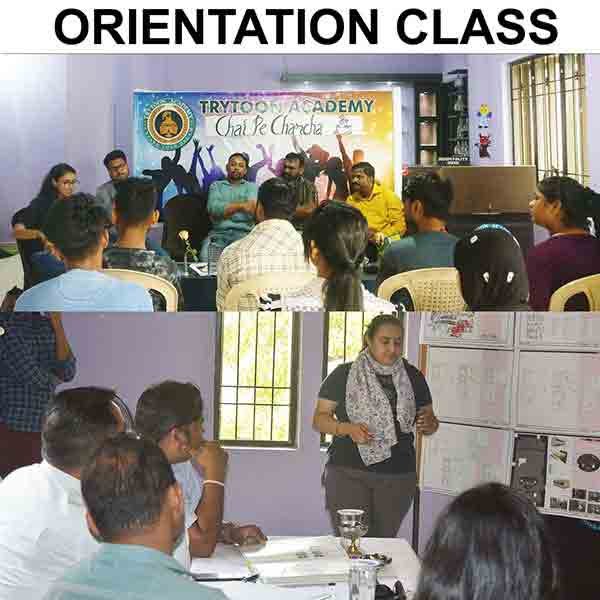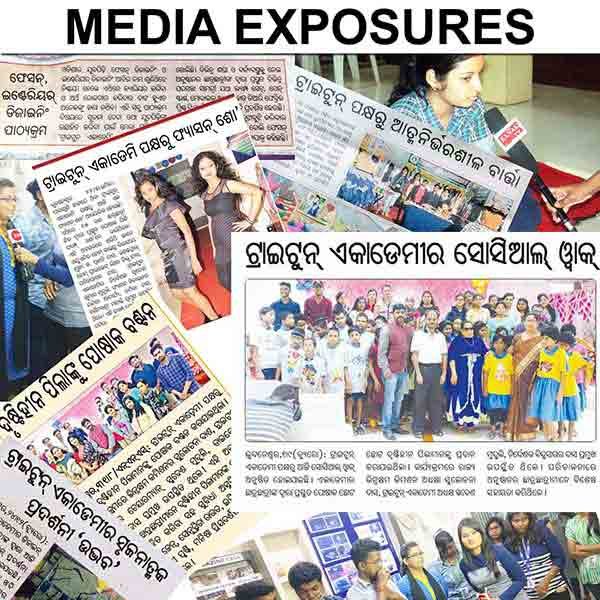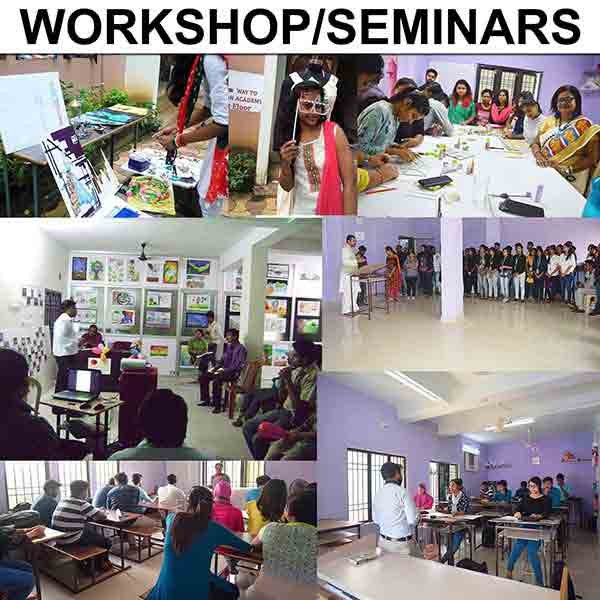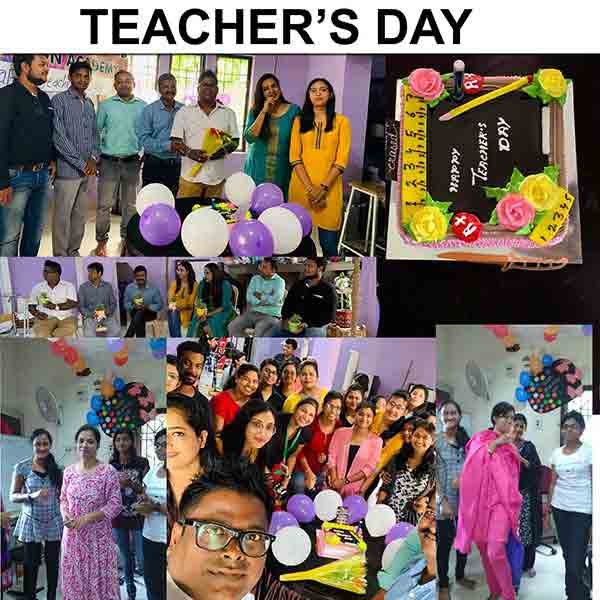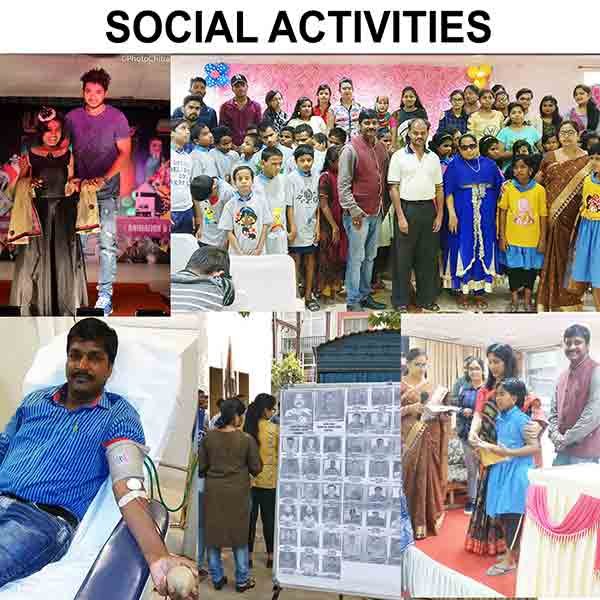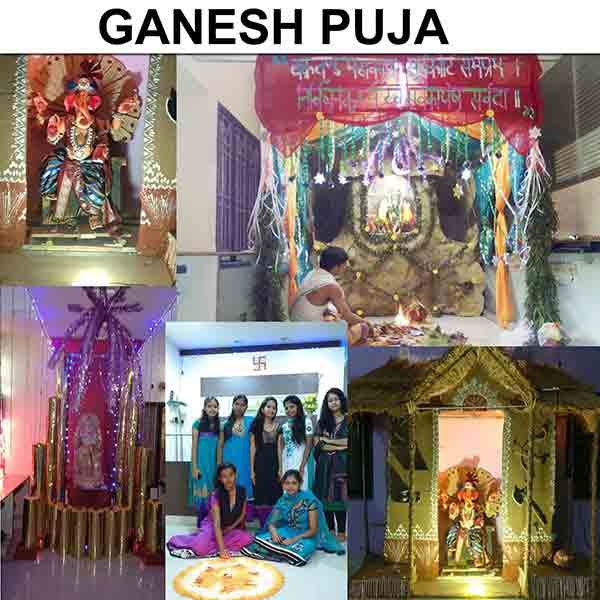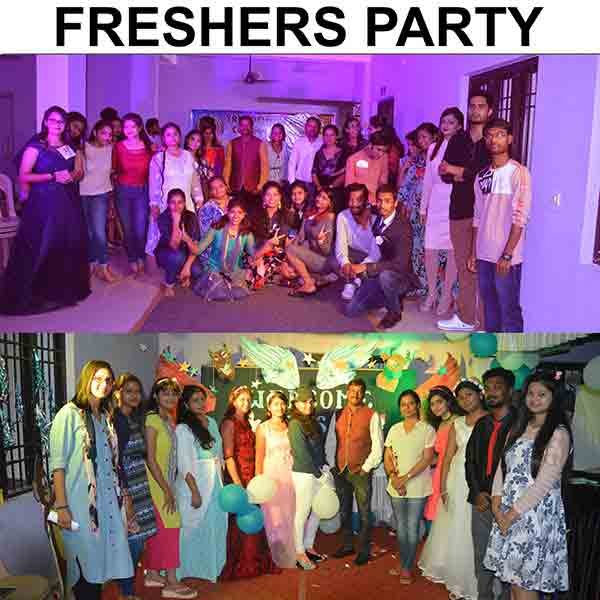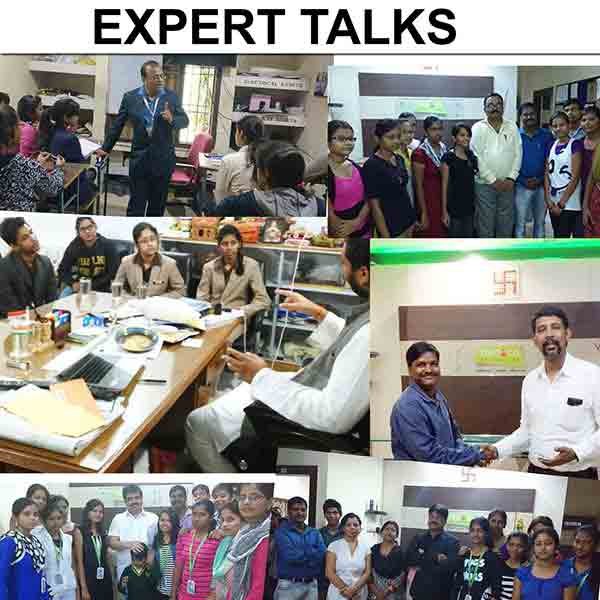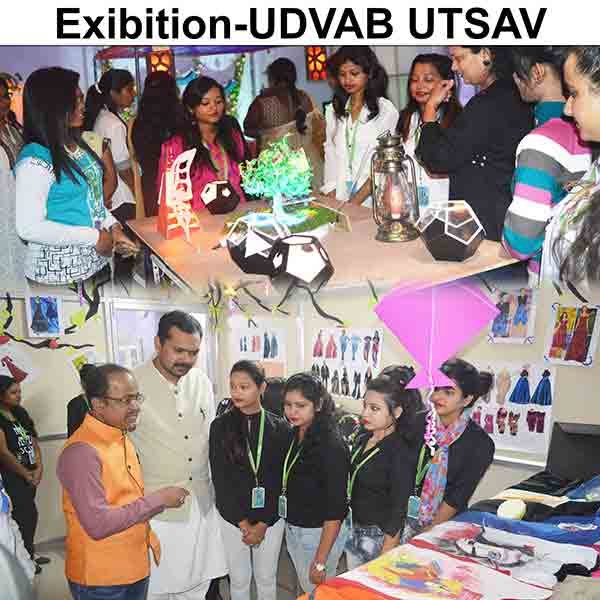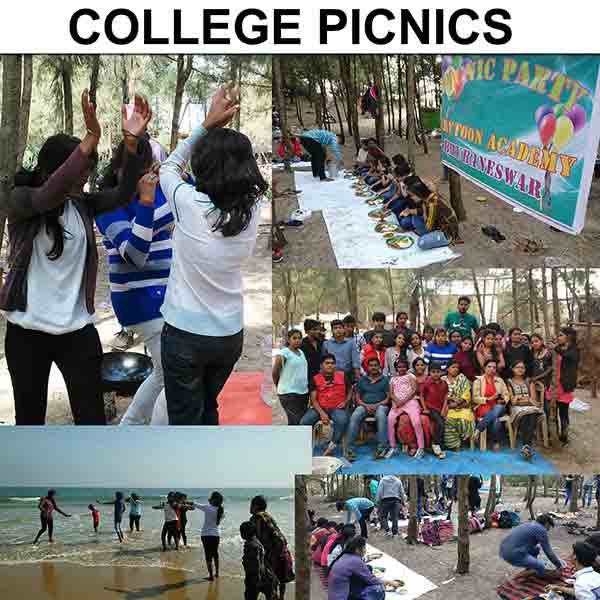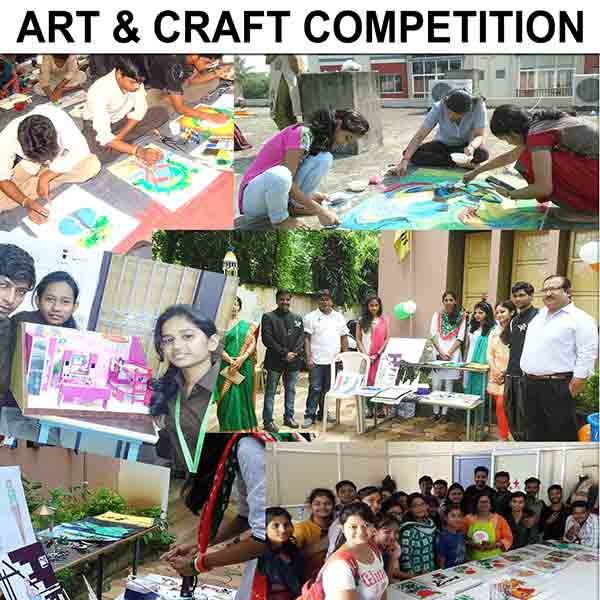Department of Fashion Designing made Industrial Visit at Nuapatna,Odisha for natural dyes handloom production learn the natural dyeing process of handlooms by the design master Arjun Pal . 43-year-old Arjun pal from Bidharpur, Nuapatana in Odisha has been weaving on cotton and silk yarns since 1993 ,His forte lies in products likes sarees, stoles and yardages is very famous now he is working for natural dies handlooms .
TRYTOON ACADEMY is the top leading Fashion design college in Bhubaneswar,Odisha affiliated to Uttkal University of Culture and recognised by Government of odisha provide Fashion design courses for Bachelor Degree, Master Degree and Diploma courses which have 360 degree curriculum for industrial visit that include research work for Odisha handlooms. About 40 Fashion design students interested to get exposed practical knowledge in natural dyes process to create different colors from nature that in the syllabus of Bachelor degree in fashion design course and diploma in fashion design course.
The Fashion Design students were able to observe natural dyes for handloom production the various equipment’s, departments and workflow for handlooms weavers production in real time etc. The visual engagement and the practical workflow process helped them understand the theoretical aspect of the module better and enhanced their knowledge on fibre, yarn, color dyeing process, handloom weaving process, Spinning,Weaving,Wet processing in details.
This nuapatna handlooms visit can help in understanding the application of natural dyes on handloom. Natural dyed handloom products have got a huge demand potential in the name of Eco friendly products both in the domestic and international market. Odisha has got abundant resources for natural dyes which can create a niche market for weavers. Besides, the handloom clusters of Odisha can enhance their visibility and increase their income in the international market.
NATURAL DYES – An Eco-friendly Approach
Natural dyes are dyes derived from animal or plant material without any chemical treatment. They are obtained from sources like flowers, leaves, insects, bark roots etc.; however, they are not readily available and involve an extraction process. In prehistoric times, natural colourants were usually obtained from berries, blossoms, barks and roots. They were applied to the fibre without any pretreatment of the dye-material or the textile. In the middle of the nineteenth century, introduction of synthetic dyes marked the decline in the use of natural dyes. However, there are certain ancient art forms such as Kalmkari, which continue to use the natural dyes.
A few examples for historical natural dyes are as follows:
- Indigo: One of the most important and popular dyes from ancient times till today. It is obtained from the leaves of Indigfera turquoise.
- Logwood: The tree is fairly large and the freshly cut wood is colourless until it is exposed to air.
- Madder: The valuable dye pigment that give Turkey Red Colour.
Jackfruit (Artocarpus heterophyllus lamk) wood waste as a textile natural dye by micowave-assisted extraction method
During this natural dye extraction process is done by conventional methods that require a long time and a large amount of solvent. Therefore, it is a necessary alternative to the use of “green techniques” are economical in its use. In this research, extraction of Jackfruit wood waste with the microwave by studying the extraction time required to produce the optimum yield and comparing with the conventional method (heat-reflux extraction). Both of these methods use water solvent. On the microwave-assisted extraction, the optimum extraction time at 30 minutes with the acquisition yield of 3.14% (microwave power 400 watt, the ratio of material to solvent 0.02 g/mL). whereas extraction with heat-reflux method showed the optimum extraction time of 180 minutes with a yield of 3.50%. Identification of groups of pigments contained in the Jackfruit wood waste is known categories tannins, flavonoids, and quinones. Fourier Transform Infrared Spectroscopy was used to identify the major chemical groups in the extracted dye.












